If you follow this blog you are very familiar with the work of Christopher O’Donnell. Chris has been a prolific contributor to the site with excellent insight on the world of landscape photography.
Today we would like to showcase some of Christopher’s amazing photography. Interesting compositions and unique post processing make his images stand out as surreal works of art.
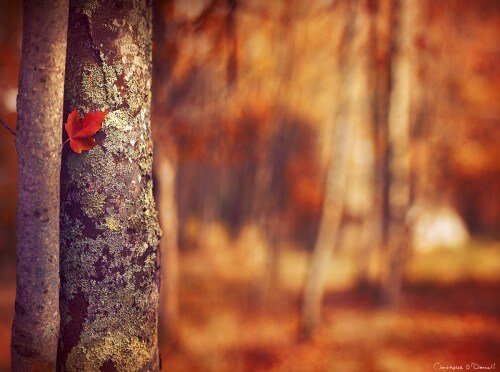
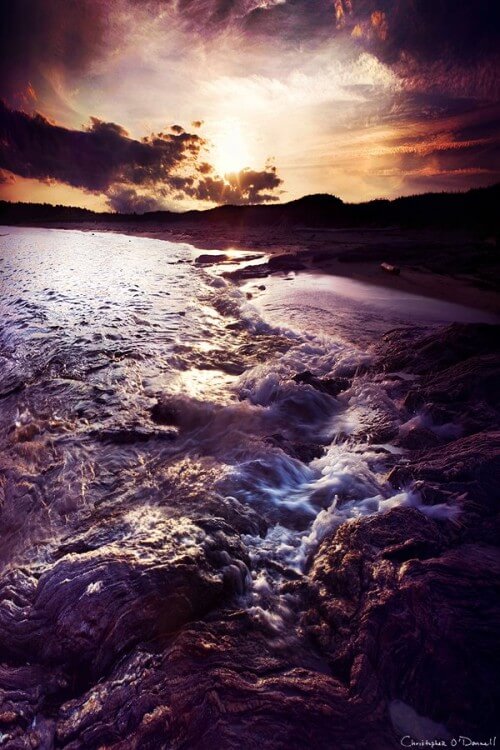
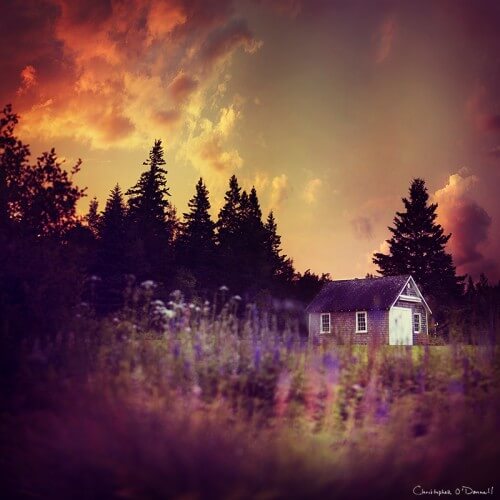


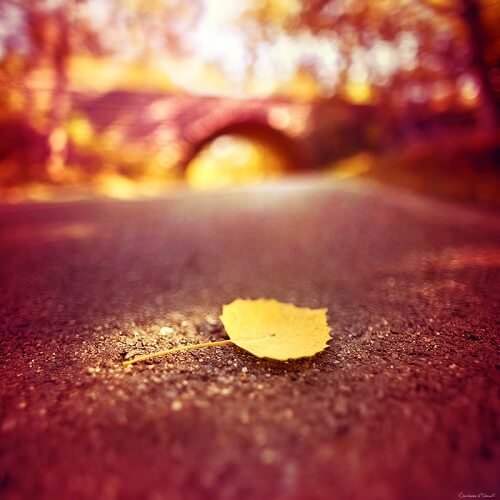
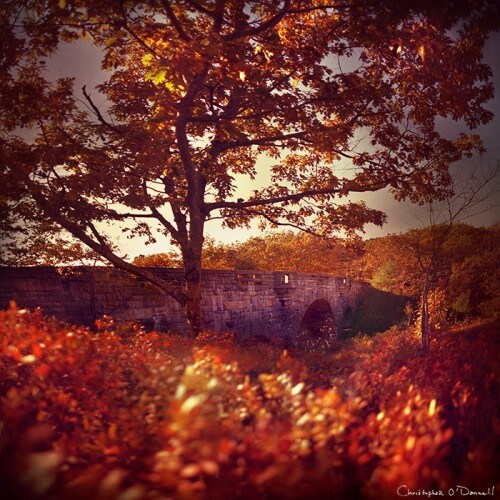
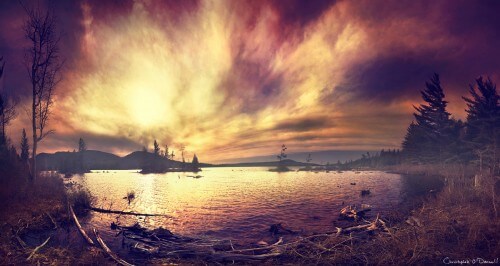
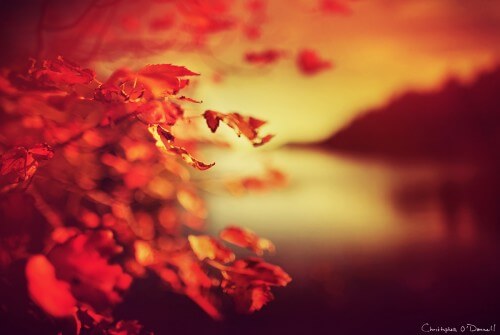
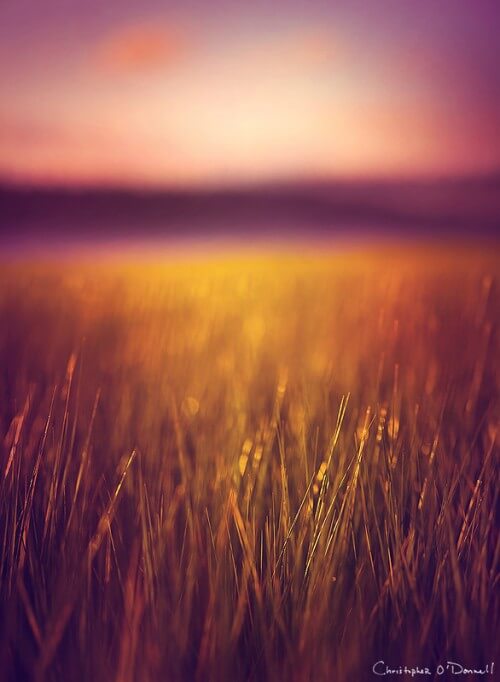
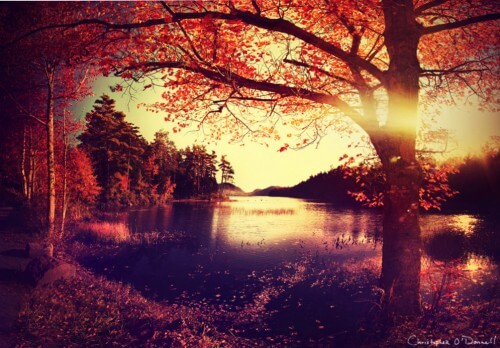
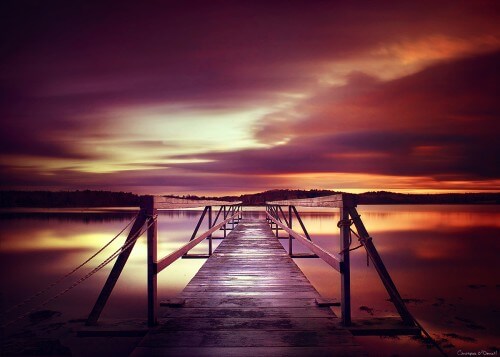
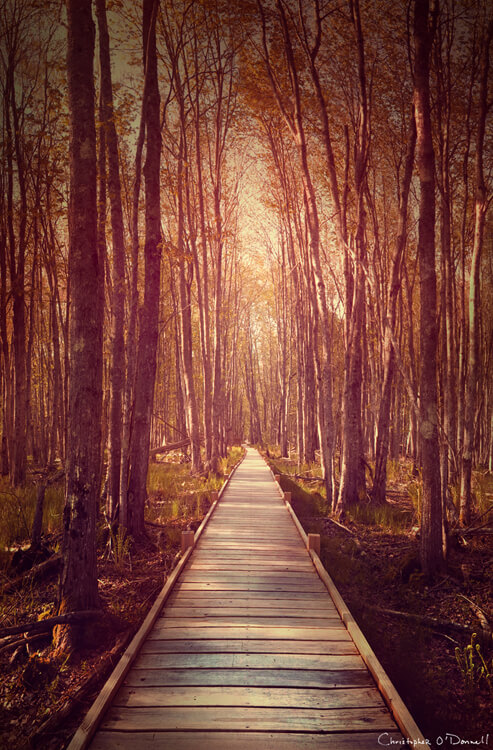
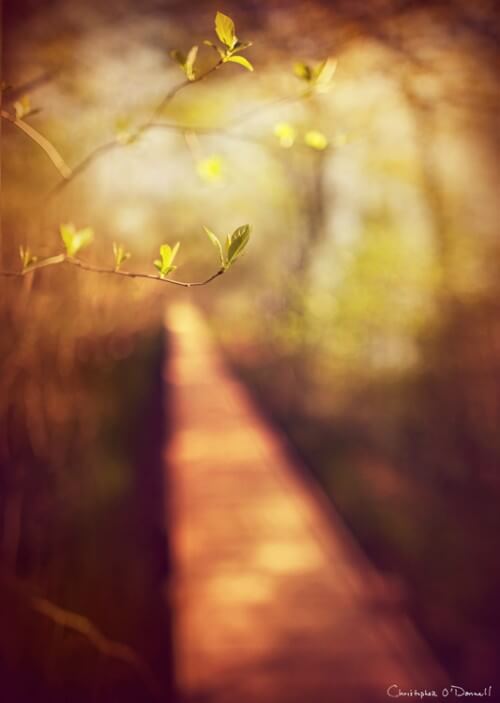
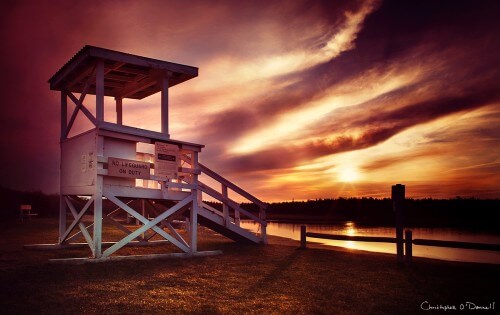
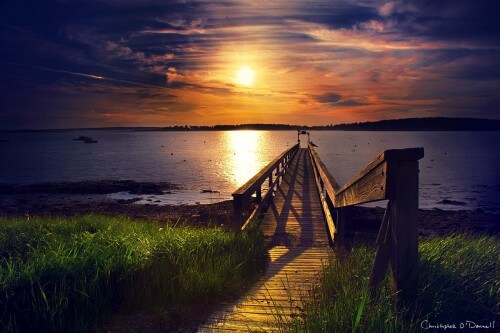
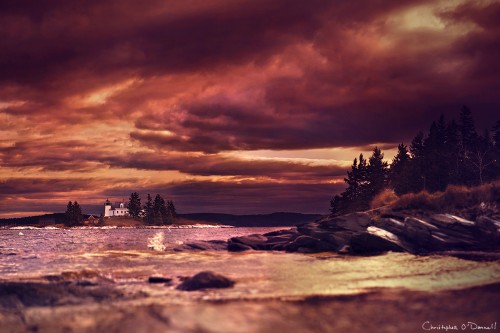
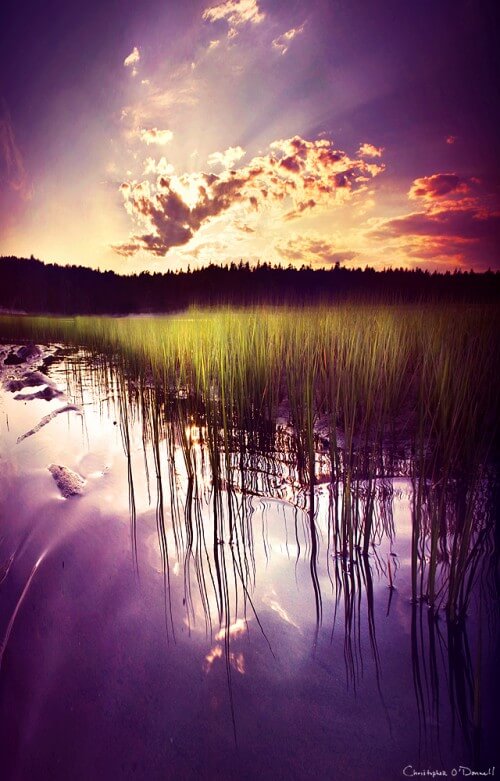

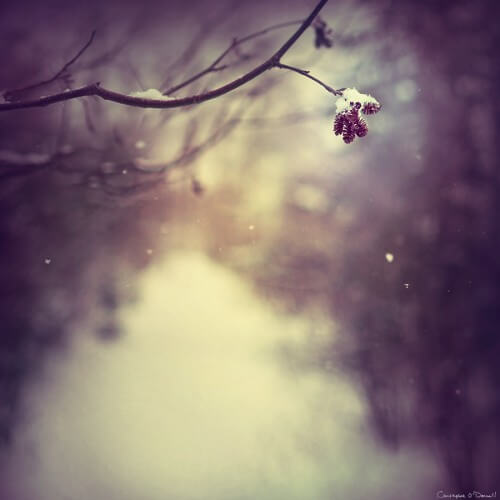
If you would like to learn how Christopher achieved his unique look you can check out his latest eBook, The Art of Color Processing.
In this eBook Christopher will explain his color processing workflow in a step-by-step fashion, guiding you through each stage from start to finish. He also explores the history of his creative development and what led him to discover his own techniques which in turn will help you discover yours.
Below is an excerpt from The Art of Color Processing.
Processing with a Vision
The digital darkroom is a versatile creative tool that allows your expression to materialize into the visual world. Creating with vision and intent is very different than simply knowing how to use a processing tool. You can learn the techniques needed to use Adobe Photoshop and other processing programs wisely and accurately, but in order to truly express your creativity and tap into your artistic soul, a connection needs to develop between you and your subject - and this connection is what fuels your visual expression.
Knowledgeable processing may attract an audience, but without that connection, you will find it to be a shallow experience. The disparity will weigh heavy on your artistic soul and you will not be satisfied creatively - and when we aren't satisfied artistically, we lose interest since it no longer brings us the joy it once did. Your images will become monotonous as the novelty wears off, and you will see that processing without a vision or emotional connection is simply not fulfilling.
You can already have a connection to your work, but not have the means or knowledge to express it. You'll hear photographers say "you had to be there" in an attempt to convey that moment, and there is a lot of truth to that statement. I feel that this is from not being able to explain the deeper connection one has to a particular image, or at least in a way that others can experience as well. As a result, photographers rely on processing as a translation tool to express their connection – and their ability to translate is dependent on their level of processing knowledge. This is simple to correct as you can, with practice, learn the techniques that will unlock your ability to turn your connection into a visual and tangible form.
When you attempt to create without a purpose or a connection, photography can be a shallow and repetitive experience – and this lack of inspiration will show in your work. Developing that necessary connection is the first step towards a truly fulfilling creative journey, and it will act as your guide and muse that leads your processing workflow. Your techniques will continue to evolve and change, but that connection - the fuel for your limitless reserve of creative energy - will remain constant.
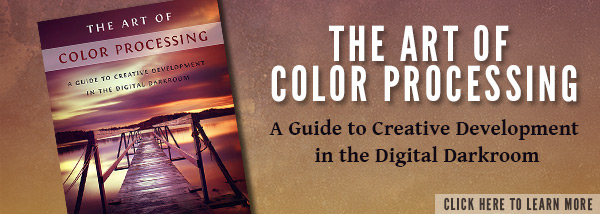
No comments:
Post a Comment